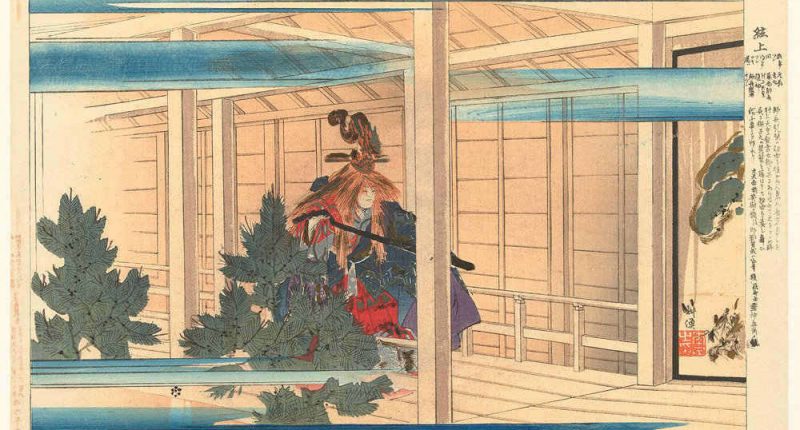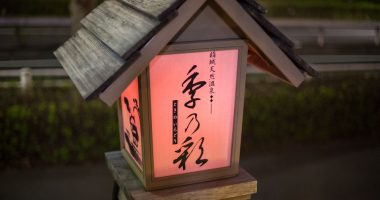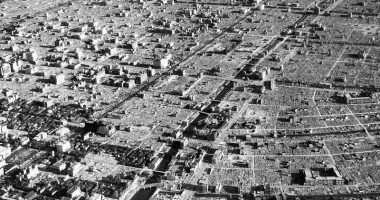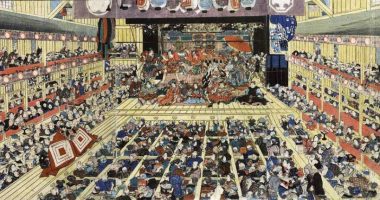With roots dating back to the 14th century, Noh is one of the world’s oldest forms of theatre. From the start it was a form of entertainment aimed at the samurai class rather than commoners—the audience was expected to be refined enough to appreciate the art of the storytelling (the kanji for Noh (no) means “skill” or “talent”) and the classical prose used means that even today it can be difficult to understand for those not familiar with the storyline. Because of this plays are often punctuated by short, comical skits called kyogen which are used to explain the story in simpler terms.
Very few props are used and unlike the standard theatre setup with the performers directly facing the audience, the Noh stage—roofed as it would have been when the plays were performed outdoors—juts out into the seating area. But it is perhaps the use of masks by the performers that is Noh theatre’s most recognizable feature and today there are over 200 kinds in use.
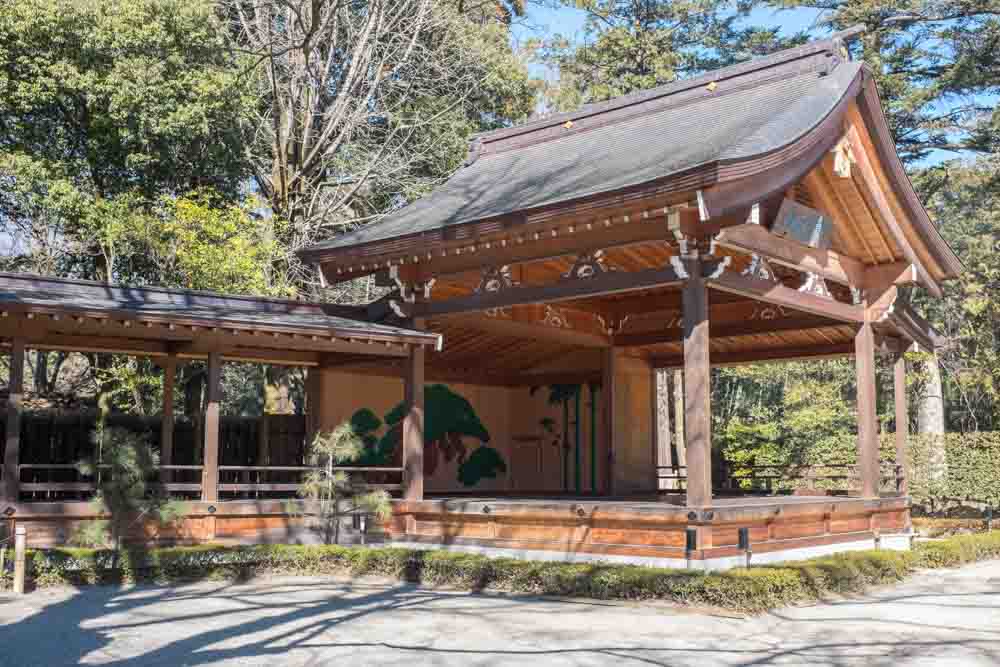
Almost 250 plays are performed on a regular basis, many of them written before the 17th century, some of them by Noh’s most famous writers: Kan’ami Kiyotsugu (1333-1384) and his son, Zeami Motokiyo (1363-1443). Today about 1,500 professional performers work the stages up and down the country.
Although not as popular as Kabuki amongst the younger generations, to its admirers Noh’s beauty lies in its simple aesthetics and the purity of a theatre that has barely changed with the centuries.
How Can I Watch Noh Theatre?
Performances are held at the National Noh Theatre in Shibuya Ward. Tickets typically start at ¥3,000. See the website for details.
Performances in their “full format” can go on for a number of hours and so check the schedule beforehand.
